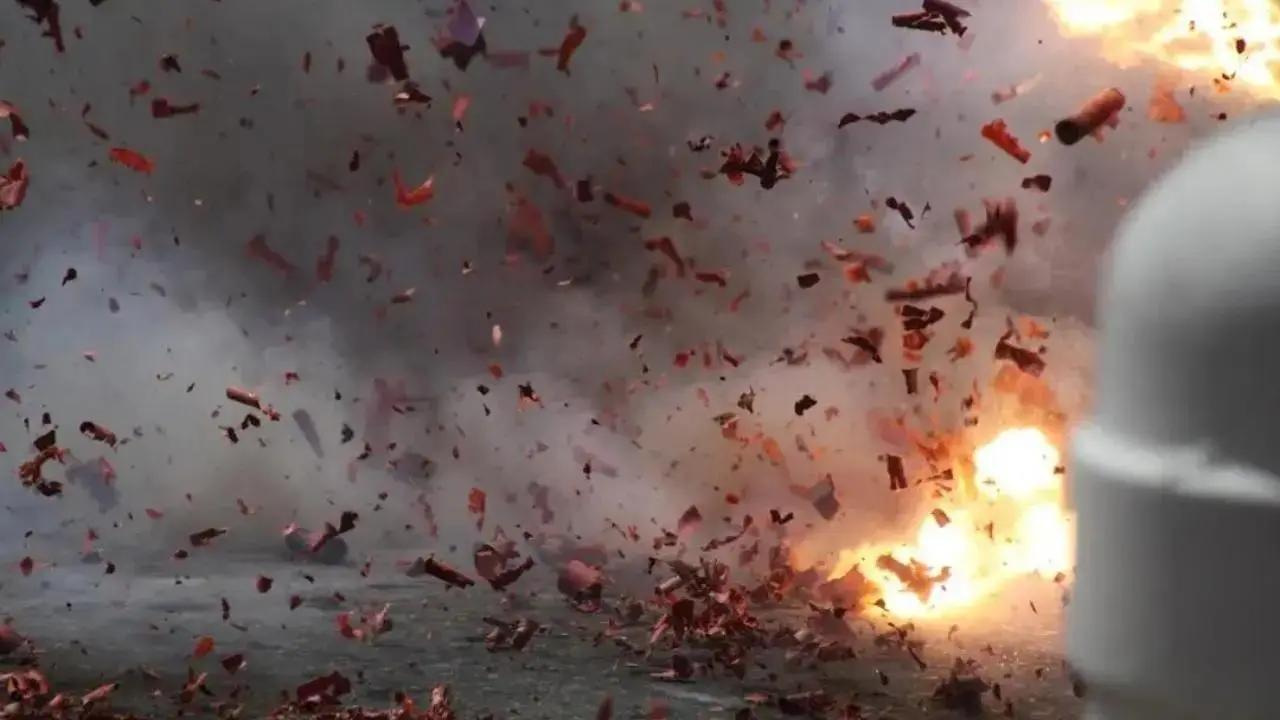Home / Mumbai / Mumbai News / Article /
Remembering 1944 Bombay Explosion: The disaster that left long-lasting scars
Updated On: 14 April, 2024 03:09 AM IST | Mumbai | mid-day online correspondent
The intensity of the flames after the explosions were to a extent that as many as 66 firefighters lost their lives in the three-day long battle to bring the blaze under control

Representation image. File pic
On 14 April, 1944, Mumbai city (then Bombay) witnessed one of its biggest disaster which left a long-lasting scar not only on the city but nationally. It were the two explosions on the Victoria Dock which killed around 800 people and left over 1,800 injured. A ship called the Fort Stikine, loaded with explosives and cotton, was responsible for the event that is now called the Bombay Explosion.
The blasts left the city`s waterfront in shambles. The intensity of the flames after the explosions were to a extent that as many as 66 firefighters lost their lives battling the blaze. They actually say, it rained gold and blood that day. In the remembrance, since then April 14 is observed as Fire Brigade Day in Mumbai and Fire Services week nationally.




